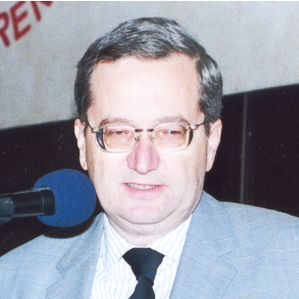Wastewater Treatment Processes
A special issue of Processes (ISSN 2227-9717). This special issue belongs to the section "Environmental and Green Processes".
Deadline for manuscript submissions: closed (15 December 2021) | Viewed by 373103
Special Issue Editors
Interests: separation science and technology (flotation); wastewater treatment; environmental biotechnology; inorganic materials; mineral processing
Special Issues, Collections and Topics in MDPI journals
Interests: water and wastewater treatment; nanomaterials; graphene; microplastics; photocatalysts; heavy metals; polymeric adsorbents
Special Issues, Collections and Topics in MDPI journals
Special Issue Information
Dear Colleagues,
Cheap and plentiful, water was for centuries a manufacturing tool that industry took for granted. However, population growth, globalization, and climate change are shepherding in a new water-constrained era. The food-chain pyramid may receive contaminants of either surface water or ground water around industrial and residential communities (e.g., metals, pesticides, pharmaceuticals, etc.) through man’s activities and on top of the pyramid, man (perhaps) receives pre-concentrated toxicity. A common example constitutes Bangladesh, where millions of people consumed drinking water with arsenic concentrations—exceeding the guideline values of WHO. Good, clean water just cannot be replaced—and it is becoming harder to come by. Typical processes that are investigated and applied to wastewater treatment can be the following: Biological, adsorption, flocculation, oxidation, membranes, filtration, and so on, including the nanotechnological. This Special Issue on “Wastewater Treatment Processes” seeks high-quality works and topics (not only those) focusing on the latest novel wastewater processes, including biological, adsorption, flocculation, oxidation, membranes, filtration, etc.
Prof. Dr. Kostas A. Matis
Dr. George Z. Kyzas
Guest Editors
Manuscript Submission Information
Manuscripts should be submitted online at www.mdpi.com by registering and logging in to this website. Once you are registered, click here to go to the submission form. Manuscripts can be submitted until the deadline. All submissions that pass pre-check are peer-reviewed. Accepted papers will be published continuously in the journal (as soon as accepted) and will be listed together on the special issue website. Research articles, review articles as well as short communications are invited. For planned papers, a title and short abstract (about 100 words) can be sent to the Editorial Office for announcement on this website.
Submitted manuscripts should not have been published previously, nor be under consideration for publication elsewhere (except conference proceedings papers). All manuscripts are thoroughly refereed through a single-blind peer-review process. A guide for authors and other relevant information for submission of manuscripts is available on the Instructions for Authors page. Processes is an international peer-reviewed open access monthly journal published by MDPI.
Please visit the Instructions for Authors page before submitting a manuscript. The Article Processing Charge (APC) for publication in this open access journal is 2400 CHF (Swiss Francs). Submitted papers should be well formatted and use good English. Authors may use MDPI's English editing service prior to publication or during author revisions.
Keywords
- wastewaters
- water
- adsorption
- membranes
- oxidation
- flocculation
- flotation
- filtration






